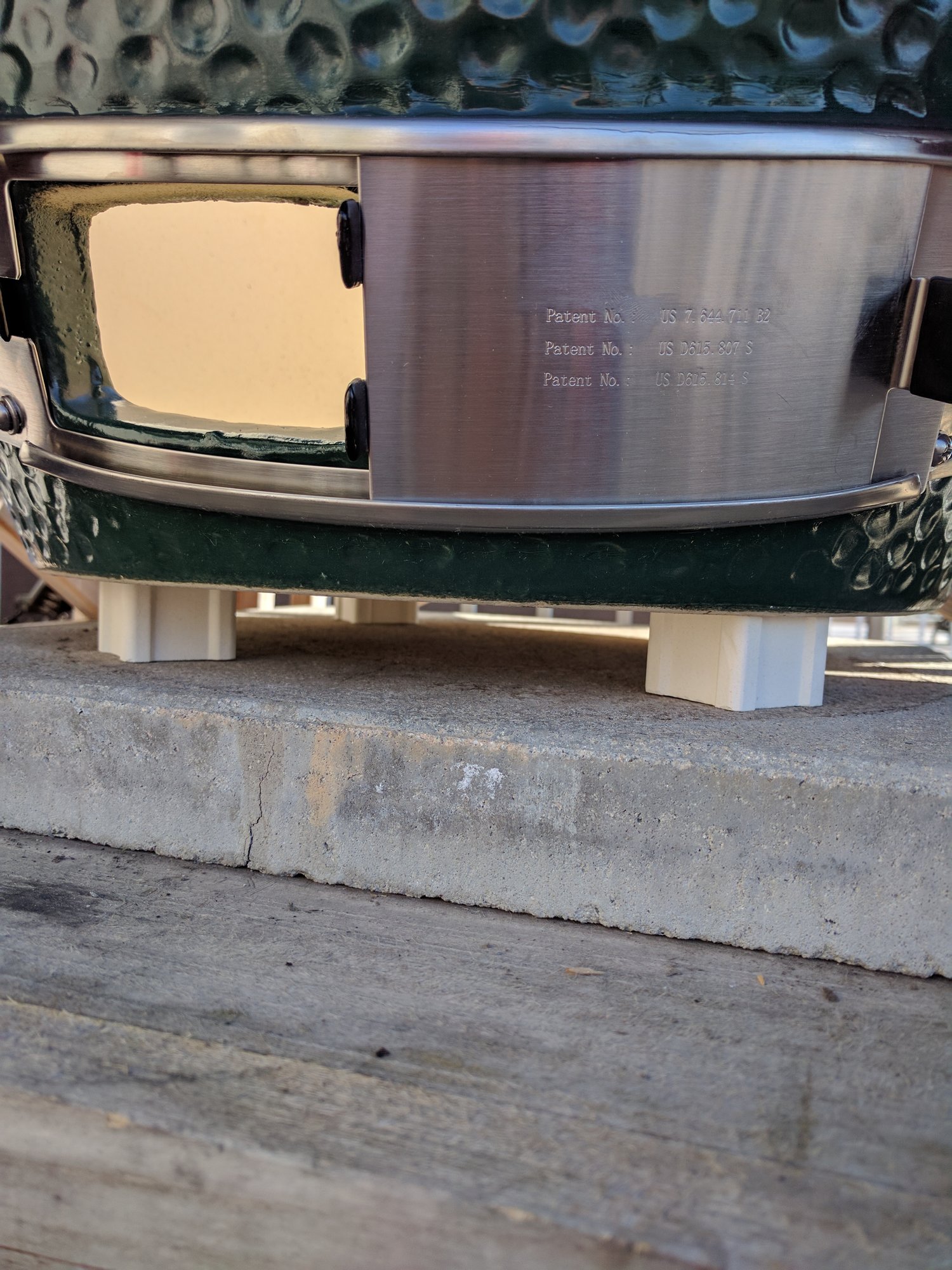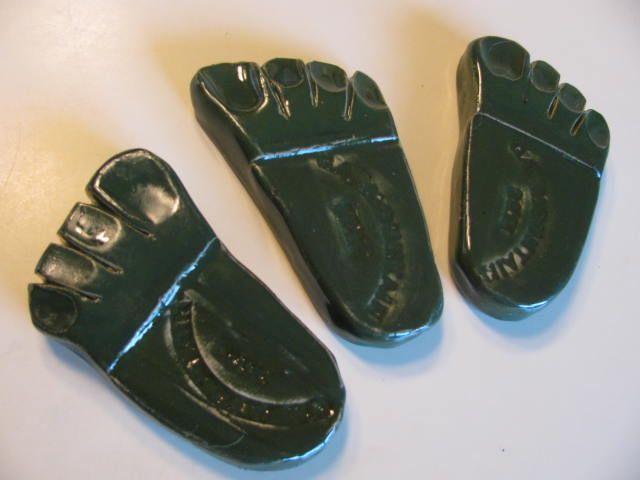|
Material |
k |
|
Material |
k |
|
|
Aluminum (s) |
237 |
|
Sand (s) |
0.06 |
|
|
Brass (s) |
110 |
|
Cellulose (s) |
0.039 |
|
|
Copper (s) |
398 |
|
Glass wool (s) |
0.040 |
|
|
Gold (s) |
315 |
|
Cotton wool (s) |
0.029 |
|
|
Cast Iron (s) |
55 |
|
Sheep's wool (s) |
0.038 |
|
|
Lead (s) |
35.2 |
|
Cellulose (s) |
0.039 |
|
|
Silver (s) |
427 |
|
Expanded Polystyrene (s) |
0.03 |
|
|
Zinc (s) |
113 |
|
Wood (s) |
0.13 |
|
|
Polyethylene (HDPE) (s) |
0.5 |
|
Acetone (l) |
0.16 |
|
|
Polyvinyl chloride (PVC) (s) |
0.19 |
|
Water (l) |
0.58 |
|
|
Dense Brick (s) |
1.6 |
|
Air (g) |
0.024 |
|
|
Concrete (Low Density) (s) |
0.2 |
|
Argon (g) |
0.016 |
|
|
Concrete (High Density) (s) |
1.5 |
|
Helium (g) |
0.142 |
|
|
Ice (s) |
2.18 |
|
Oxygen (g) |
0.024 |
|
|
Porcelain (s) |
1.05 |
|
Nitrogen (g) |
0.024 |
Source: http://www.roymech.co.uk/Related/Thermos/Thermos_HeatTransfer.html









